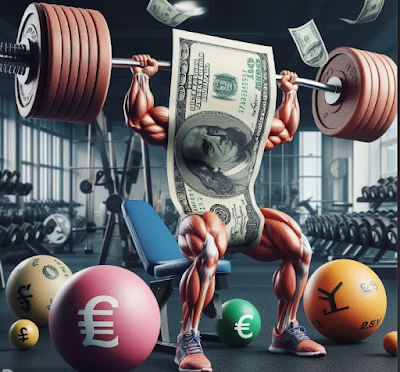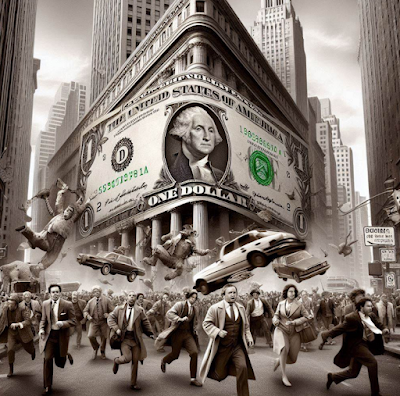Beat Siegenthaler, FX strategist at UBS, has been wondering about what the Swiss National Bank may do if the ECB’s measures to weaken the euro begin to test its 1.20 EURCHF floor.
He notes, for example, that there has already been a marked divergence between the EURCHF and the USDCHF:
As Siegenthaler explains:
Looking back over the last few months, however, the EURUSD almost breaching 1.40 on 8 May was probably decisive in prompting the ECB into a reaction at the June meeting, implementing negative interest rates, launching further liquidity injections via the TRLTROs and preparing the ground for asset purchases. Even though it was not immediately obvious, it now seems clear that the launch of the ECB package was an important event for the franc too, as it marked the moment when EURCHF broke out of the previous pattern and embarked on another leg lower. The escalation of political tensions in Eastern Europe and the Middle East did not help, though are unlikely to have been a major driver. Instead, the ECB becoming ever more dovish seems the crucial factor.
The key question then is if and when the euro continues to weaken will the SNB trust in the power of the 1.20 floor to stop the franc from becoming “overvalued”, or will it somehow try to stop it from being tested in the first place?
Siegenthaler argues that any pre-emptive intervention is probably unlikely. For one thing, the SNB’s reserve position (see chart below) is relatively transparent with detailed numbers published monthly, so any intervention would be picked up quickly and arguably construed as a sign of panic.
Also, whilst the market’s fear of the unexpected is usually seen as a central bank strength (due to the Bank having the information advantage), Siegenthaler argues that in this case trading flows have been on the SNB’s side all along, so there would seem little to gain from trying to hurt speculators.
A much more helpful measure therefore would be the introduction of negative rates.
As Siegenthaler notes (our emphasis):
The one measure the SNB could implement at any time is negative interest rates, which would come in the form of a fee on sight deposits. Importantly, the impact of the measure could be calibrated by defining certain levels of cash holdings above which it would apply. Unlike in the Euro area where deposits have dropped dramatically as banks have repaid LTRO cash, excess liquidity in the Swiss system is exogenous, currently standing at around CHF317bn (Chart 4).
The cash cannot escape the system and has to be deposited at the SNB, meaning that any fee imposed will have to be paid by someone.
The SNB’s excess liquidity is exogenous because, unlike the ECB’s excess liquidity, it was created specifically to “debase” the franc versus the euro, according to the central bank’s prerogative. It does not, as per the ECB’s excess liquidity, exist to cater to the endogenous needs of Swiss depository institutions.
Swiss institutions, in other words, have no need for the additional liquidity themselves. Since most of it is surplus to domestic demand, and was actually created specifically so as to be handed over against euro liquidity, much of it will have ended up in the reserves of foreign institutions, reinvested into Swiss bills or bonds, pushing down Swiss yields and in the process impacting the so-called CHF currency basis swap (i.e. the cost to borrow swiss francs against euros):
The more negative the swap, the cheaper it becomes for anyone with euros to borrow swiss francs, and the more expensive it becomes for someone with swiss francs to borrow euros.
Of course, if the SNB was to impose negative rates directly, rather than implicitly through additional liquidity, that would incentivise Swiss institutions to swap existing reserves into euros so as to avoid the charge. European institutions would only, however, be willing to do that if the Swiss currency they received in return had already been discounted for that charge.
Either way, the Swiss currency would be depreciated, and the era of liquidity absorbing negative rate FX wars will have begun.
On which note, it’s interesting that the ECB’s own negative deposit regime — despite weakening the euro versus the dollar — seems to have done little for Europe’s disinflation problem, and if anything increased the prospect of permanent liquidity providing operations in the ECB, a.k.a. heightened QE talk.
Related links:
What will Switzerland do with all those euros? – FT Alphaville
Eurozone needs quantitative easing – FT
The changing ingredients of that Swiss cake – FT Alphaville
Tags: ECB,Euro,Swiss National Bank










































